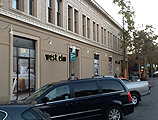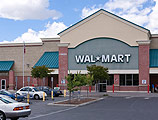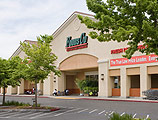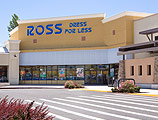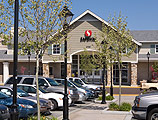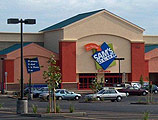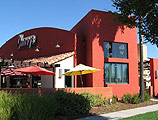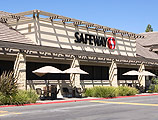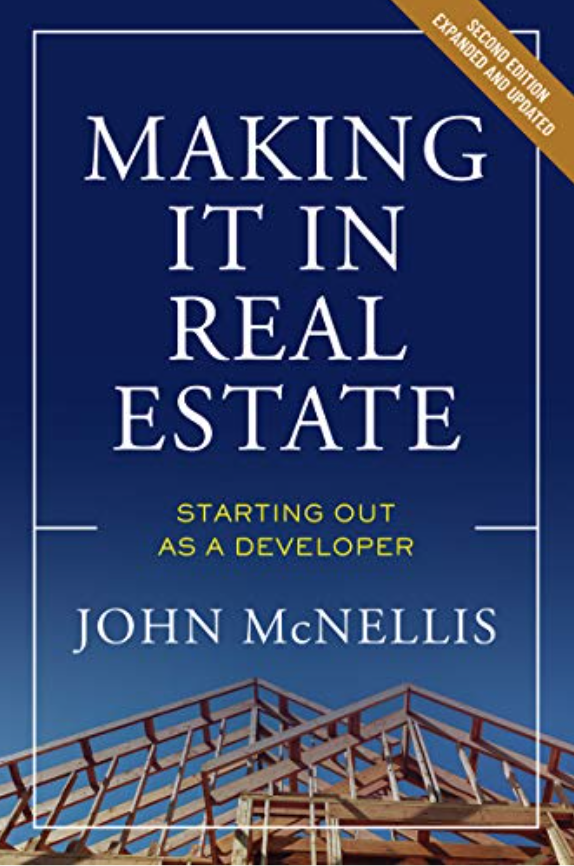Writers of self-help books swear grief has five stages—denial, anger, bargaining, depression, acceptance. They could be right. According to JP Morgan Chase, 21% of office building loans across the country have gone bad. The borrowers of these loans were definitely in denial, are likely still angry, and are now bargaining their hearts out with their also anguished lenders. And if it hasn’t already, their depression will set in when they finish bluffing out their meager hands with the banks. Acceptance is a far-off day.
This mercantile grief stems of course from the value dive of big-city office buildings. The West Coast’s marquee cities—from San Diego to Seattle—have been hardest hit, with San Francisco the best example of this world’s collapse. I queried a handful of top-tier industry executives about current values. In short, so few office buildings have sold in the financial district that valuations today are simply informed guesses. While speculating that the average financial district office building may have lost roughly sixty percent—sixty percent—of its value, several pointed to the Gap’s recent sale of its 1 Harrison Street property for under $500 a square foot, this for a trophy building that would have fetched twice as much a few years ago. They also noted Wells Fargo’s listing of 550 California St. last year for $450 a square foot, a building easily worth $700 pre-Covid. That property has yet to sell, and its price has apparently dropped to $150 a foot. Even at this breathtaking discount, 550 is still available. One source dismissed the building itself—a decent 13-story midrise—as worthless, maintaining the property’s only value is its land minus the cost of demolition.
The rest of the country is largely better off, but according to Green Street, office appraisals are still down 25 percent nationwide over the last year. It’s also worth noting that appraisals are notoriously slow to react to market corrections and that nationwide losses will likely run higher.
The law of supply and demand is the simple explanation for these staggering losses. The work-from-home phenomenon has—for the moment—rendered thousands of office buildings redundant. Workers are refusing to return the office, while many companies—again, for the moment at least—have adapted to remote work. Couple that vanishing demand with the progressive politics that makes wandering through central business districts chancy in broad daylight, then add the doubling of interest rates and you’ve set the stage for maybe the ugliest round of lender/borrower negotiations ever.
A little arithmetic. Let’s pretend we bought a fully-leased office tower four years ago for $100 million. We prudently put down $40 million in equity and borrowed $60 million at 3.5 percent interest. Today our building is 80 percent leased, but only 40 percent occupied. Our loan is coming due in a year. Our lender’s appraiser says the building is now worth $50 million, meaning we’re wiped out and the bank is $10 million to the red. We can take our $40 million dollar loss or desperately tread water.
Opting for the latter, we plead for a loan extension. Our lender says no, it’s out of the office lending business, insisting we find a new loan somewhere else. Because this is impossible—no one’s in the office lending business—we toss the building’s keys on the conference table and say good luck. The bank ignores the keys, offers to extend if we “re-margin” the loan, that is, pay our principal amount down by $30 million, thereby maintaining the bank’s original loan-to-value ratio of sixty percent. We bounce those keys back on the table and the negotiations drag on. And on. At day’s end, however, a typical borrower has only two real alternatives: either cough up 100 percent of the property’s ongoing cash flow and enough principal to mollify the lender (say, $5-10 million in our example) or hand over those keys.
Lenders have a third option: heavily discount their notes to vulture funds in the “loan-to-own” business. According to the American Economics Association, bank losses arising from foreclosures historically run about 40 percent. Given this, many lenders prefer the sale of a note’s certain, quick loss to the slow, expensive grind of foreclosing, maintaining and ultimately reselling the woebegone asset. Whether the vultures will feast on these discounted notes or become carrion themselves remains to be seen.
The granular details of this sad process are clear. What isn’t is the effect these losses will have on the lending industry. The big four—Chase, Citigroup, BofA and Wells—will likely toss off their losses like stallions flicking away horse flies, some regionals may indeed become the next Silicon Valley Bank, but we’re betting that employees will return to their offices and that commercial real estate lending, while battered, will live to lend another day. And, if local governments finally work up the courage to restore safety (both financial and personal) to their downtowns, I’m hopeful that our central business districts will recover their lost appeal, perhaps not long after that last phase of grief.





